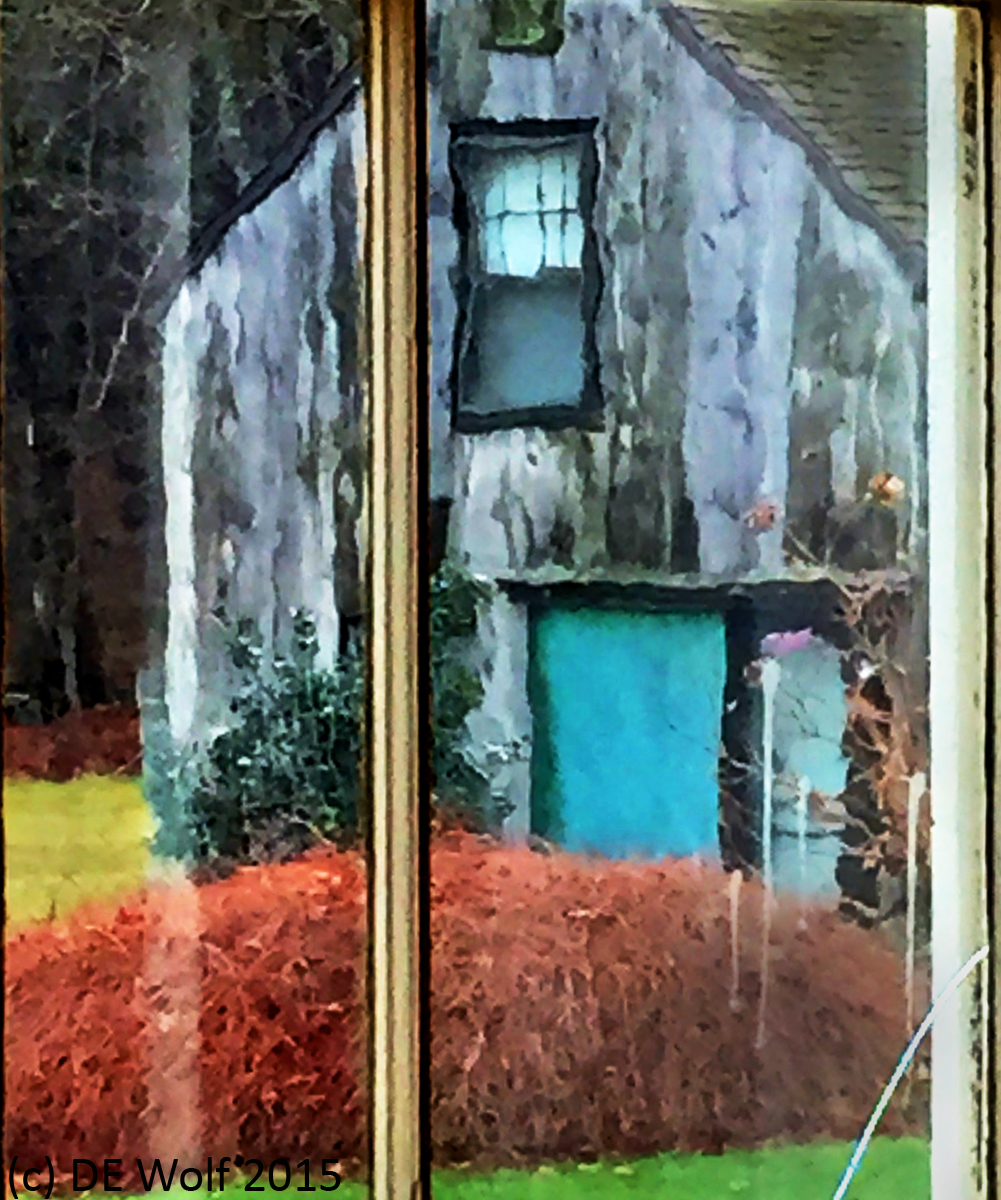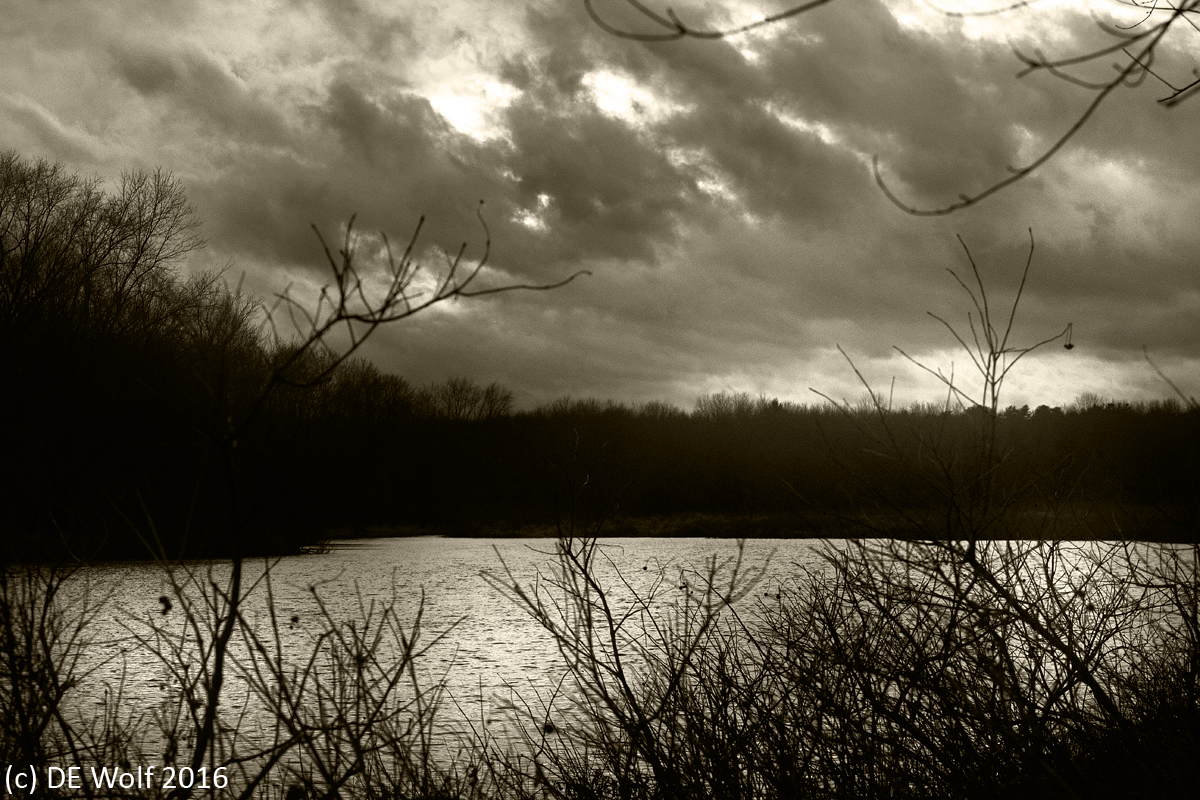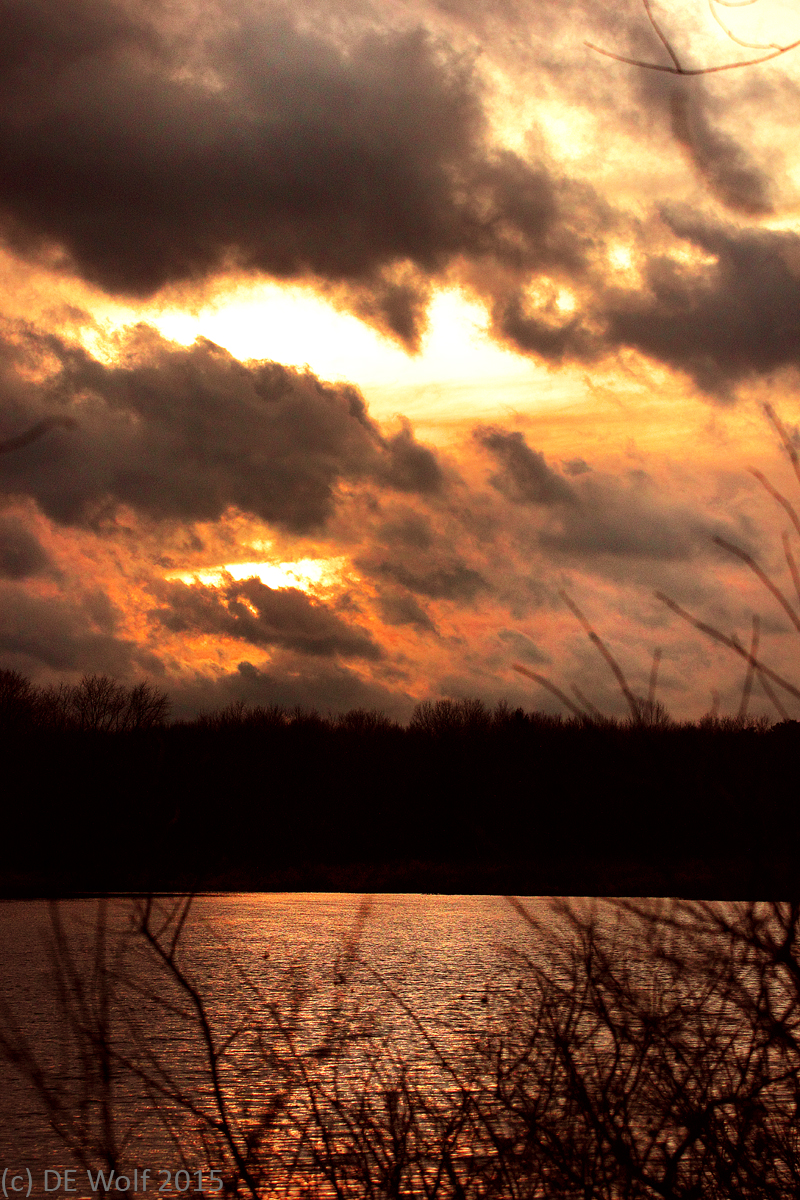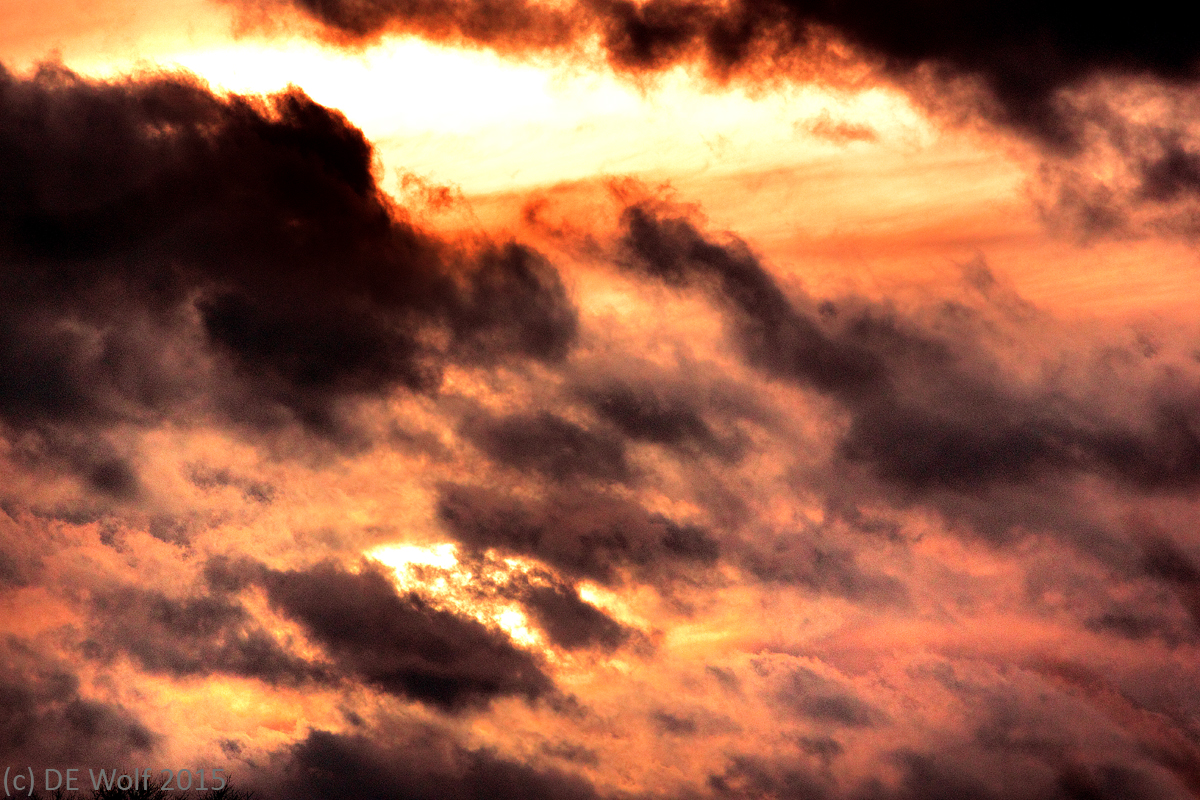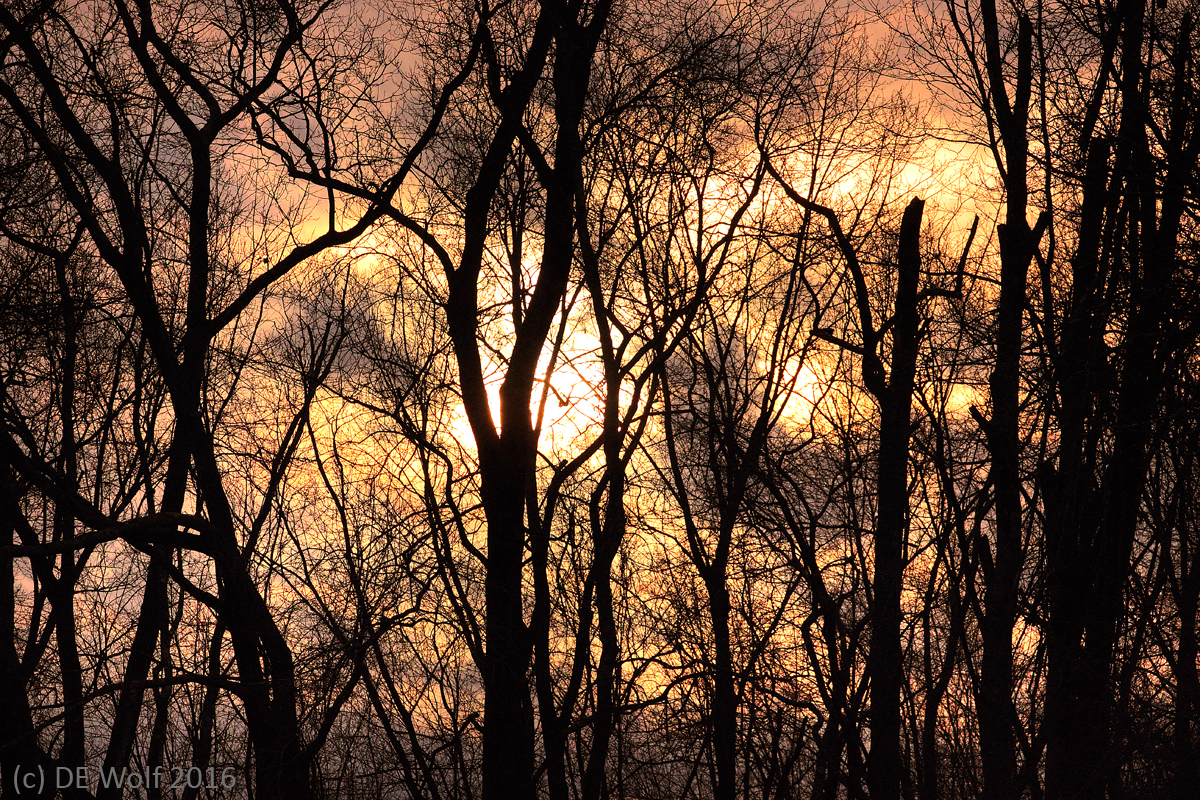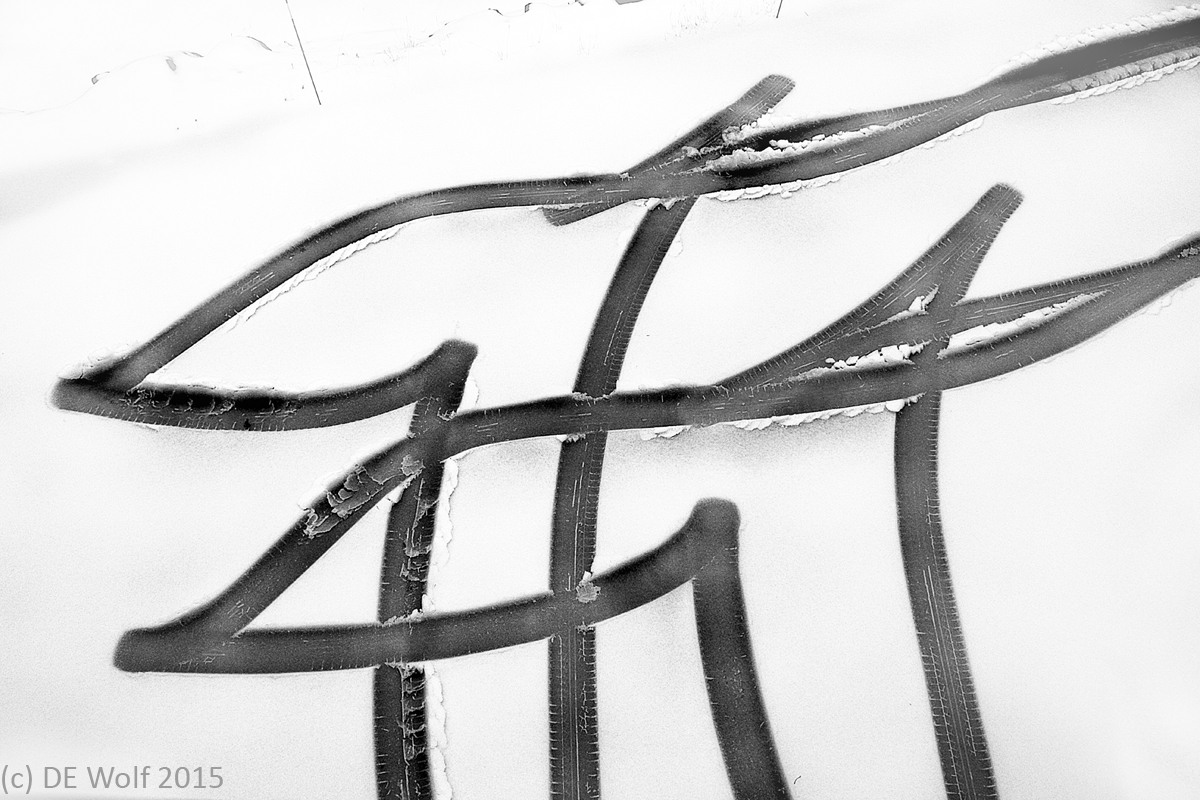As it turned out I had a lot of fun taking pictures over the break. You may remember my resolution of having my camera with me more. Well the picture of Figure 1 was, in fact, taken with my IPhone, even though I did have my Canon T2i with me.
I was speaking to a friend when I noticed that the glass in the window, especially when viewed at an oblique angle, distorted the image in a very pleasant fashion. I am told that this particular pane of glass is original and dates back to around 1886 – no jokes here about the distorted world-view of the nineteenth century. They had their illusions and delusion, we ours. The effect makes the photograph look very much like a watercolor. In that regard it may be viewed as a pictorial image, one that imitates or emulates painting. Here of course, the atmospherics that Steiglitz spoke of are created not with atmosphere or fuzzy noise but with distortion by refraction. This point seems significant. There is a dichotomy, that is often two ways of creating a visual effect: one by digital manipulate; the other by optical modification.
The trick to taking the photograph lay in paying close attention to the window frame. It was essential to be both perpendicular to the floor and parallel to the sides. This is why I feel that using my IPhone is not that different from using a large format or view camera.The intensity of the color comes from a bit of additional saturation. I feel that it is often essential to reproduce what the mind rather than the eye sees. I am actually both happy and enchanted by the results.
The details amaze me. There is the crack in glass and the smudges. And then there is the dried flowers of last summer just visible on the right hand side. All of these I think subtly make the composition. As for the question whether the image is a photograph or a watercolor then I have succeeded.

